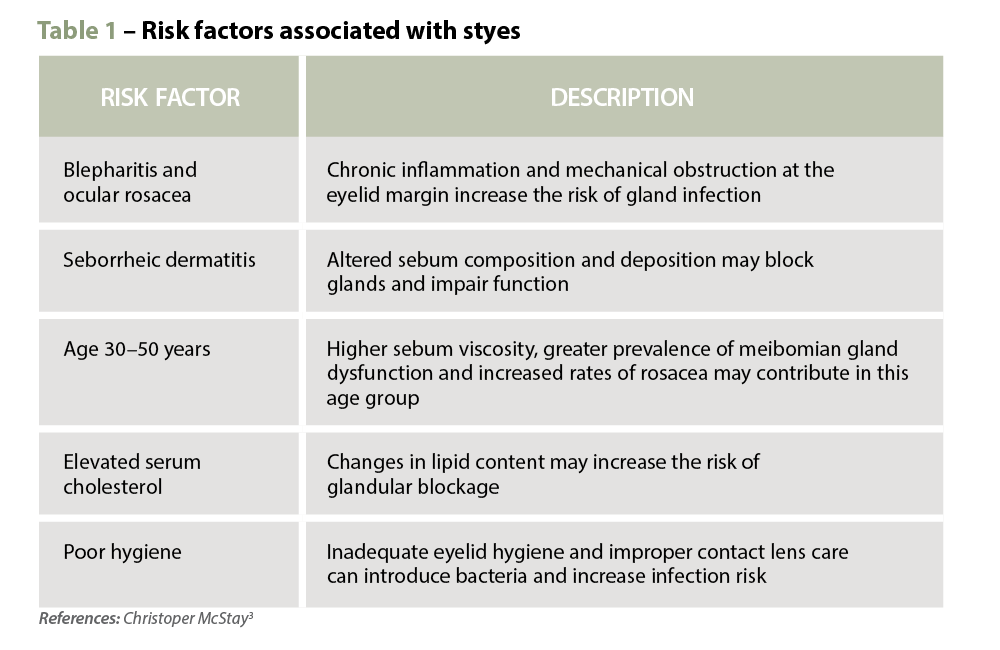Case scenario
Naama, a 53-year-old female, presents at the pharmacy with some new prescriptions which include a blood pressure (BP) medicine and nicotine patches. She is ready to start her quit smoking journey but is unsure about lowering her blood pressure if it means taking pills. She recalls the doctor performing a heart health check and showing her a website which illustrated her risk of having a heart attack in the next 5 years, which she is very concerned about. She has a follow-up appointment with her GP in 3 months.
Other information you gather: Systolic BP 150, total cholesterol 3.9 mmol/L, high-density lipoprotein (HDL) 1.1 mmol/L, postcode 5670, Sri Lankan heritage. She is not on any medicines currently.
After reading this article, pharmacists should be able to:
Competency standards (2016) addressed: 1.1, 1.4, 1.5, 2.2, 3.1, 3.5 Accreditation number: CAP2504DMLK Accreditation expiry: 31/03/2028 |
Already read the CPD in the journal? Scroll to the bottom to SUBMIT ANSWERS.
Introduction
A person’s risk of developing cardiovascular disease (CVD) depends on the combined effect of multiple risk factors. Risk assessment remains fundamental to the primary prevention of CVD.
Several risk factors contribute to an individual’s chances of developing CVD. These include1:
THIS IS A CPD ARTICLE. YOU NEED TO BE A PSA MEMBER AND LOGGED IN TO READ MORE.






 Team PSA 2026: Caroline Diamantis FPS, Prof Mark Naunton MPS and Bridget Totterman MPS[/caption]
Team PSA 2026: Caroline Diamantis FPS, Prof Mark Naunton MPS and Bridget Totterman MPS[/caption]
 A/Prof Fei Sim and Prof Mark Naunton[/caption]
A/Prof Fei Sim and Prof Mark Naunton[/caption]

 Clinical features
Clinical features  Warm compresses are the cornerstone of treatment, helping to soften the lesion, bring pus to the surface and encourage spontaneous drainage. A clean face cloth soaked in warm (not hot) water should be applied to the closed eyelid for 2–5 minutes, twice daily during the active phase. Once the stye begins to drain, any discharge should be gently wiped away using a clean, warm washcloth. After resolution, continuing warm compresses once daily may help prevent recurrence.2
Warm compresses are the cornerstone of treatment, helping to soften the lesion, bring pus to the surface and encourage spontaneous drainage. A clean face cloth soaked in warm (not hot) water should be applied to the closed eyelid for 2–5 minutes, twice daily during the active phase. Once the stye begins to drain, any discharge should be gently wiped away using a clean, warm washcloth. After resolution, continuing warm compresses once daily may help prevent recurrence.2 






